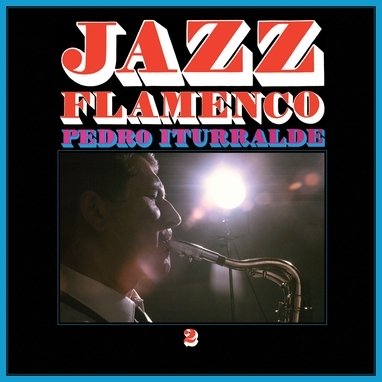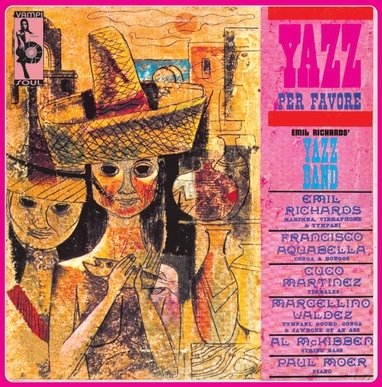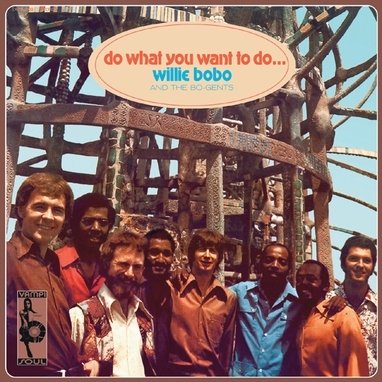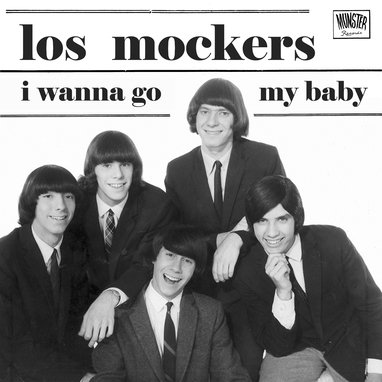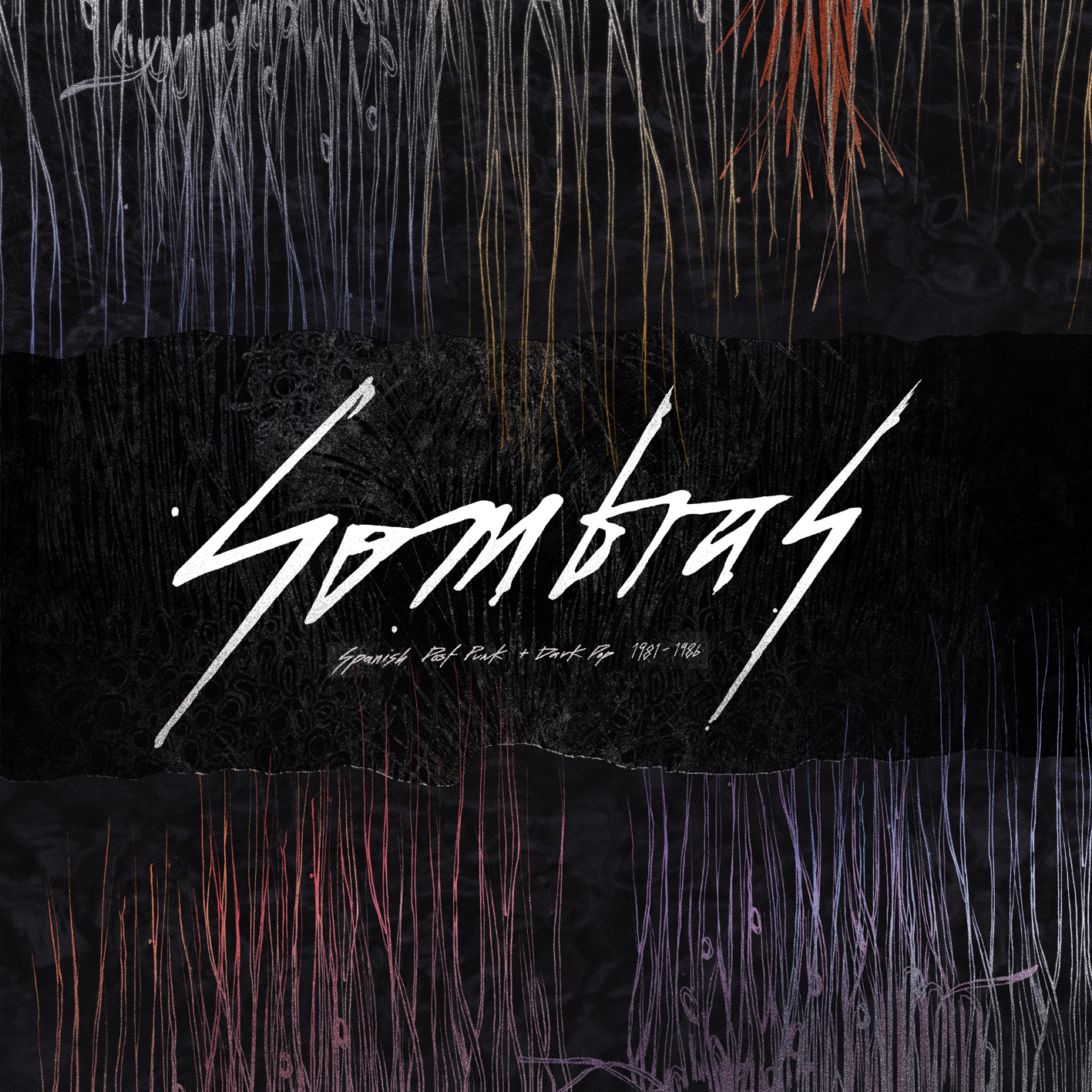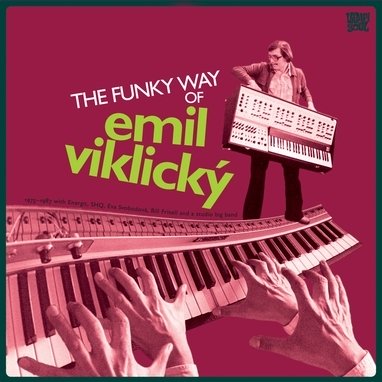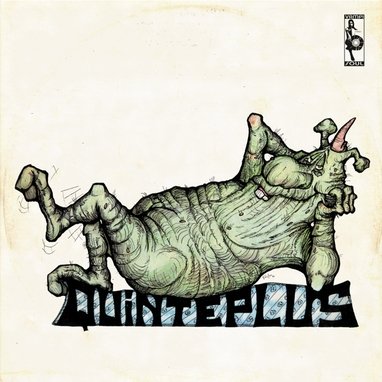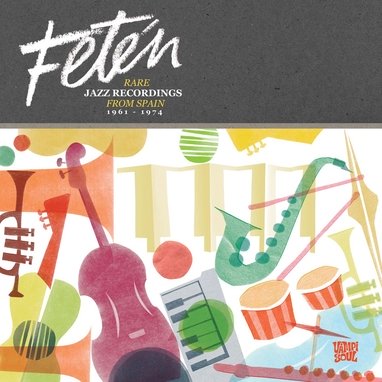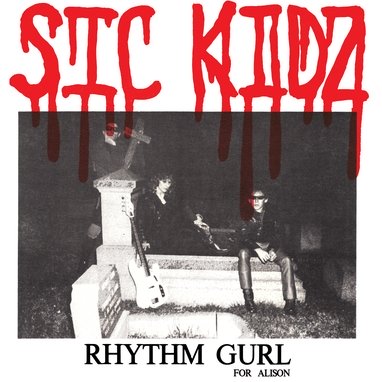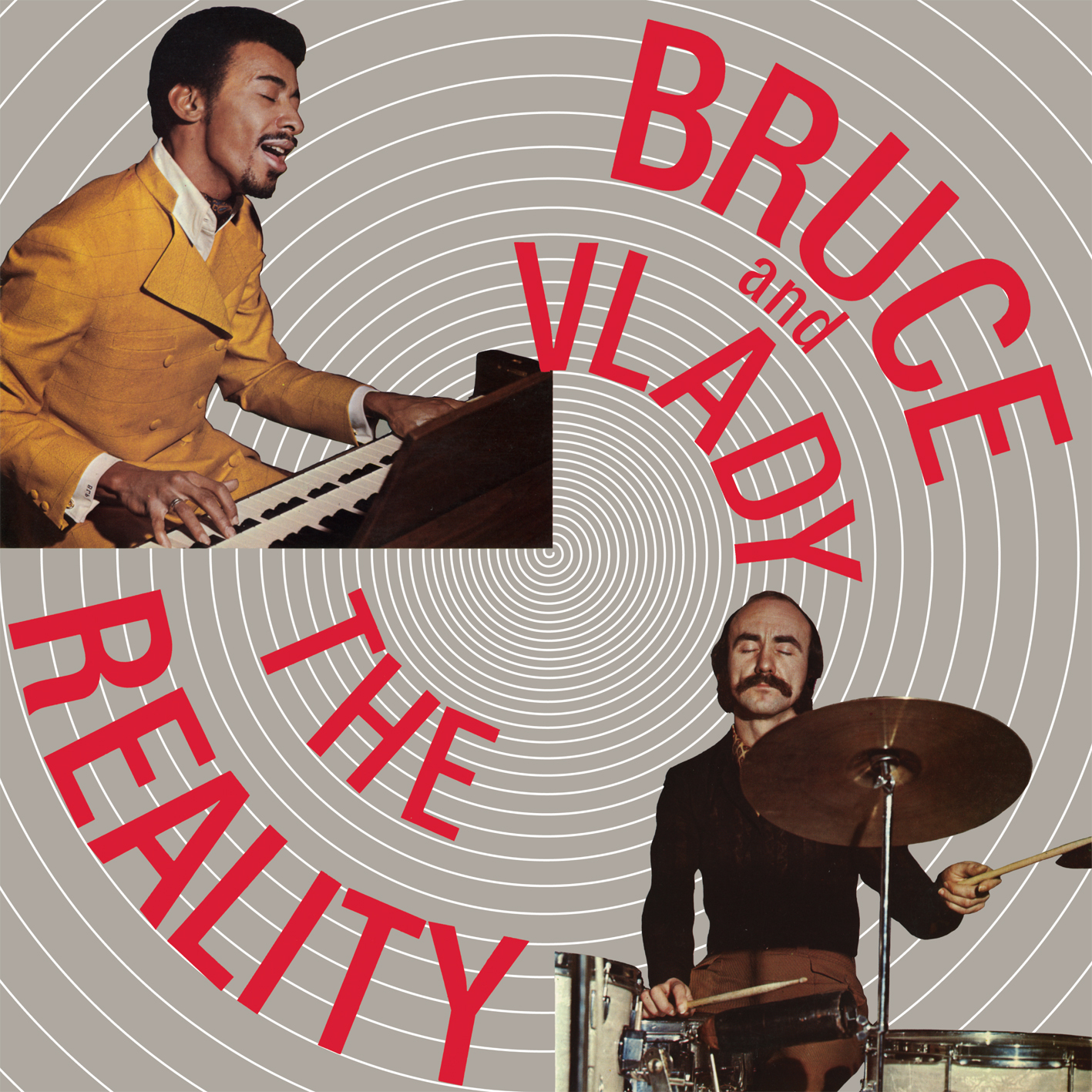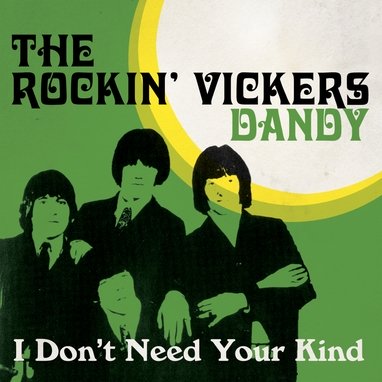Pedro Iturralde
Jazz Flamenco 2
18,00€
Vinilísssimo
Pedro Iturralde
Jazz Flamenco 2
Reissue of two key works in the history of Spanish jazz where the rich traditions of flamenco and jazz were genuinely combined to produce outstanding results. Both LPs are highly sought-after collector’s items and this is the first time they’ve been available on vinyl since their original release. Featuring a young Paco de Lucía on guitar. Liner notes by genre expert Javi Bayo.
Pedro Iturralde was born in 1929 in Falces, Navarra. He received his first saxophone lessons from his father and soon started to play in all kinds of orchestras and learned a repertoire of popular music which included compositions by Falla, Albéniz and Granados. His permeability towards local folklore also awakened in him a great interest in the musical traditions of countries such as Lebanon, Turkey and Greece, places he would visit before turning 30 as part of several orchestras. On his return to Spain, Madrid’s Whisky Jazz Club became his artistic residence for years. The German pianist Paul Grassl joined his quartet, and their shared growing interest in flamenco meant that the formation’s repertoire opened up to influences from the records of that genre that both were listening to and their frequent visits to concerts and tablaos (flamenco venues). They worked on adaptations of traditional songs, especially those collected by García Lorca, until the reception by public and press of Miles Davis’ “Sketches Of Spain” brought about the favourable conditions so that that their jazz interpretations of ‘El zorongo gitano’, ‘Las morillas de Jaén’ or ‘El Café de Chinitas’, among others, could be performed on the stage of the renowned venue of the Marqués de Villamagna street. At that point Pedro Iturralde still performed in a quartet format, made by the German drummer Peer Wyboris, Swiss bass player Eric Peter and the aforementioned pianist Paul Grassl, from Munich. Those three players would also be components, for many years, of Tete Montoliu’s regular trio. The participation of a flamenco guitarist was not part of Iturralde’s initial plans, who always intended to explore Andalusian traditional melodies rather than pure flamenco. However, the suggestion by the music journalist and producer Joachim Ernest Berendt, a key figure of the German jazz scene, to include a guitarist in the formation prompted the saxophonist to audition some for the projects he was about to start. Paco de Antequera, at the time a usual guitarist at the best tablaos in Madrid, was chosen to be part of Iturralde’s first recordings for Hispavox in June 1967. But another name replaced him in the recordings that followed in September that year and later on: Paco de Algeciras, a pseudonym for a young guitarist who couldn’t reveal his true identity due to contractual requirements. This enigmatic artist was none other than Paco de Lucía. The recording process of the two albums agreed with the company was interrupted by Joachim’s Ernest Berendt’s offer to participate in Berlin’s Jazz Festival in November 1967 and the recording o fan LP for the SABA label (later MPS). The sessions for the second Hispavox album were resumed with the extra help of Italian Dino Piana on trombone. “Jazz Flamenco” was originally released in 1967, while “Jazz Flamenco 2” came out the following year. Both albums would be compiled on one CD by Blue Note later on, but their vinyl editions have remained for years in the exclusive record collecting circuit, with prices that match the most sought-after Spanish records. This reissue not only makes both albums easily available again, but also rescues with the highest quality these essential recordings of Spain’s jazz history.
Productos relacionados
18,00€
Reissue of two key works in the history of Spanish jazz where the rich traditions of flamenco and jazz were genuinely combined to produce outstanding results. Both LPs are highly sought-after collector’s items and this is the first time they’ve been available on vinyl since their original release. Featuring a young Paco de Lucía on guitar. Liner notes by genre expert Javi Bayo.
Pedro Iturralde was born in 1929 in Falces, Navarra. He received his first saxophone lessons from his father and soon started to play in all kinds of orchestras and learned a repertoire of popular music which included compositions by Falla, Albéniz and Granados. His permeability towards local folklore also awakened in him a great interest in the musical traditions of countries such as Lebanon, Turkey and Greece, places he would visit before turning 30 as part of several orchestras. On his return to Spain, Madrid’s Whisky Jazz Club became his artistic residence for years. The German pianist Paul Grassl joined his quartet, and their shared growing interest in flamenco meant that the formation’s repertoire opened up to influences from the records of that genre that both were listening to and their frequent visits to concerts and tablaos (flamenco venues). They worked on adaptations of traditional songs, especially those collected by García Lorca, until the reception by public and press of Miles Davis’ “Sketches Of Spain” brought about the favourable conditions so that that their jazz interpretations of ‘El zorongo gitano’, ‘Las morillas de Jaén’ or ‘El Café de Chinitas’, among others, could be performed on the stage of the renowned venue of the Marqués de Villamagna street. At that point Pedro Iturralde still performed in a quartet format, made by the German drummer Peer Wyboris, Swiss bass player Eric Peter and the aforementioned pianist Paul Grassl, from Munich. Those three players would also be components, for many years, of Tete Montoliu’s regular trio. The participation of a flamenco guitarist was not part of Iturralde’s initial plans, who always intended to explore Andalusian traditional melodies rather than pure flamenco. However, the suggestion by the music journalist and producer Joachim Ernest Berendt, a key figure of the German jazz scene, to include a guitarist in the formation prompted the saxophonist to audition some for the projects he was about to start. Paco de Antequera, at the time a usual guitarist at the best tablaos in Madrid, was chosen to be part of Iturralde’s first recordings for Hispavox in June 1967. But another name replaced him in the recordings that followed in September that year and later on: Paco de Algeciras, a pseudonym for a young guitarist who couldn’t reveal his true identity due to contractual requirements. This enigmatic artist was none other than Paco de Lucía. The recording process of the two albums agreed with the company was interrupted by Joachim’s Ernest Berendt’s offer to participate in Berlin’s Jazz Festival in November 1967 and the recording o fan LP for the SABA label (later MPS). The sessions for the second Hispavox album were resumed with the extra help of Italian Dino Piana on trombone. “Jazz Flamenco” was originally released in 1967, while “Jazz Flamenco 2” came out the following year. Both albums would be compiled on one CD by Blue Note later on, but their vinyl editions have remained for years in the exclusive record collecting circuit, with prices that match the most sought-after Spanish records. This reissue not only makes both albums easily available again, but also rescues with the highest quality these essential recordings of Spain’s jazz history.
Productos relacionados
Jazz Flamenco 2
Reissue of two key works in the history of Spanish jazz where the rich traditions of flamenco and jazz were genuinely combined to produce outstanding results. Both LPs are highly sought-after collector’s items and this is the first time they’ve been available on vinyl since their original release. Featuring a young Paco de Lucía on guitar. Liner notes by genre expert Javi Bayo.
Pedro Iturralde was born in 1929 in Falces, Navarra. He received his first saxophone lessons from his father and soon started to play in all kinds of orchestras and learned a repertoire of popular music which included compositions by Falla, Albéniz and Granados. His permeability towards local folklore also awakened in him a great interest in the musical traditions of countries such as Lebanon, Turkey and Greece, places he would visit before turning 30 as part of several orchestras. On his return to Spain, Madrid’s Whisky Jazz Club became his artistic residence for years. The German pianist Paul Grassl joined his quartet, and their shared growing interest in flamenco meant that the formation’s repertoire opened up to influences from the records of that genre that both were listening to and their frequent visits to concerts and tablaos (flamenco venues). They worked on adaptations of traditional songs, especially those collected by García Lorca, until the reception by public and press of Miles Davis’ “Sketches Of Spain” brought about the favourable conditions so that that their jazz interpretations of ‘El zorongo gitano’, ‘Las morillas de Jaén’ or ‘El Café de Chinitas’, among others, could be performed on the stage of the renowned venue of the Marqués de Villamagna street. At that point Pedro Iturralde still performed in a quartet format, made by the German drummer Peer Wyboris, Swiss bass player Eric Peter and the aforementioned pianist Paul Grassl, from Munich. Those three players would also be components, for many years, of Tete Montoliu’s regular trio. The participation of a flamenco guitarist was not part of Iturralde’s initial plans, who always intended to explore Andalusian traditional melodies rather than pure flamenco. However, the suggestion by the music journalist and producer Joachim Ernest Berendt, a key figure of the German jazz scene, to include a guitarist in the formation prompted the saxophonist to audition some for the projects he was about to start. Paco de Antequera, at the time a usual guitarist at the best tablaos in Madrid, was chosen to be part of Iturralde’s first recordings for Hispavox in June 1967. But another name replaced him in the recordings that followed in September that year and later on: Paco de Algeciras, a pseudonym for a young guitarist who couldn’t reveal his true identity due to contractual requirements. This enigmatic artist was none other than Paco de Lucía. The recording process of the two albums agreed with the company was interrupted by Joachim’s Ernest Berendt’s offer to participate in Berlin’s Jazz Festival in November 1967 and the recording o fan LP for the SABA label (later MPS). The sessions for the second Hispavox album were resumed with the extra help of Italian Dino Piana on trombone. “Jazz Flamenco” was originally released in 1967, while “Jazz Flamenco 2” came out the following year. Both albums would be compiled on one CD by Blue Note later on, but their vinyl editions have remained for years in the exclusive record collecting circuit, with prices that match the most sought-after Spanish records. This reissue not only makes both albums easily available again, but also rescues with the highest quality these essential recordings of Spain’s jazz history.
Reissue of two key works in the history of Spanish jazz where the rich traditions of flamenco and jazz were genuinely combined to produce outstanding results. Both LPs are highly sought-after collector’s items and this is the first time they’ve been available on vinyl since their original release. Featuring a young Paco de Lucía on guitar. Liner notes by genre expert Javi Bayo.
Pedro Iturralde was born in 1929 in Falces, Navarra. He received his first saxophone lessons from his father and soon started to play in all kinds of orchestras and learned a repertoire of popular music which included compositions by Falla, Albéniz and Granados. His permeability towards local folklore also awakened in him a great interest in the musical traditions of countries such as Lebanon, Turkey and Greece, places he would visit before turning 30 as part of several orchestras. On his return to Spain, Madrid’s Whisky Jazz Club became his artistic residence for years. The German pianist Paul Grassl joined his quartet, and their shared growing interest in flamenco meant that the formation’s repertoire opened up to influences from the records of that genre that both were listening to and their frequent visits to concerts and tablaos (flamenco venues). They worked on adaptations of traditional songs, especially those collected by García Lorca, until the reception by public and press of Miles Davis’ “Sketches Of Spain” brought about the favourable conditions so that that their jazz interpretations of ‘El zorongo gitano’, ‘Las morillas de Jaén’ or ‘El Café de Chinitas’, among others, could be performed on the stage of the renowned venue of the Marqués de Villamagna street. At that point Pedro Iturralde still performed in a quartet format, made by the German drummer Peer Wyboris, Swiss bass player Eric Peter and the aforementioned pianist Paul Grassl, from Munich. Those three players would also be components, for many years, of Tete Montoliu’s regular trio. The participation of a flamenco guitarist was not part of Iturralde’s initial plans, who always intended to explore Andalusian traditional melodies rather than pure flamenco. However, the suggestion by the music journalist and producer Joachim Ernest Berendt, a key figure of the German jazz scene, to include a guitarist in the formation prompted the saxophonist to audition some for the projects he was about to start. Paco de Antequera, at the time a usual guitarist at the best tablaos in Madrid, was chosen to be part of Iturralde’s first recordings for Hispavox in June 1967. But another name replaced him in the recordings that followed in September that year and later on: Paco de Algeciras, a pseudonym for a young guitarist who couldn’t reveal his true identity due to contractual requirements. This enigmatic artist was none other than Paco de Lucía. The recording process of the two albums agreed with the company was interrupted by Joachim’s Ernest Berendt’s offer to participate in Berlin’s Jazz Festival in November 1967 and the recording o fan LP for the SABA label (later MPS). The sessions for the second Hispavox album were resumed with the extra help of Italian Dino Piana on trombone. “Jazz Flamenco” was originally released in 1967, while “Jazz Flamenco 2” came out the following year. Both albums would be compiled on one CD by Blue Note later on, but their vinyl editions have remained for years in the exclusive record collecting circuit, with prices that match the most sought-after Spanish records. This reissue not only makes both albums easily available again, but also rescues with the highest quality these essential recordings of Spain’s jazz history.

